"Feel-Good Productivity": When Mindset Determines Efficiency
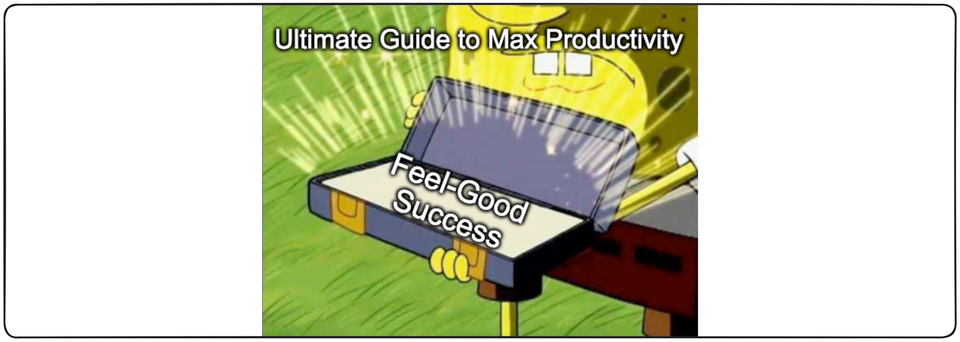
Must we first work hard to achieve success and happiness? You're not alone—this "pain first, gain later" mindset is deeply rooted in our culture. However, "Feel-Good Productivity : How to Do More of What Matters to You" completely overturns this concept.
- Ali Abdaal is a British productivity expert, YouTuber, and author born in 1994. He initially became known for his medical background, graduating from Cambridge University Medical School and briefly working as a doctor for the NHS (National Health Service). However, he chose to transition into a full-time content creator, focusing on sharing insights about productivity, learning techniques, and personal growth. His YouTube channel has over 6 million subscribers and is widely recognized for its accessible style.
- I also briefly tried Ali's app Voicepal, which focuses on recording ideas through voice to break through writing blocks. It appears to use Claude 3.5 Sonnet's streamObject at its core to generate follow-up prompts that stimulate deeper thinking.
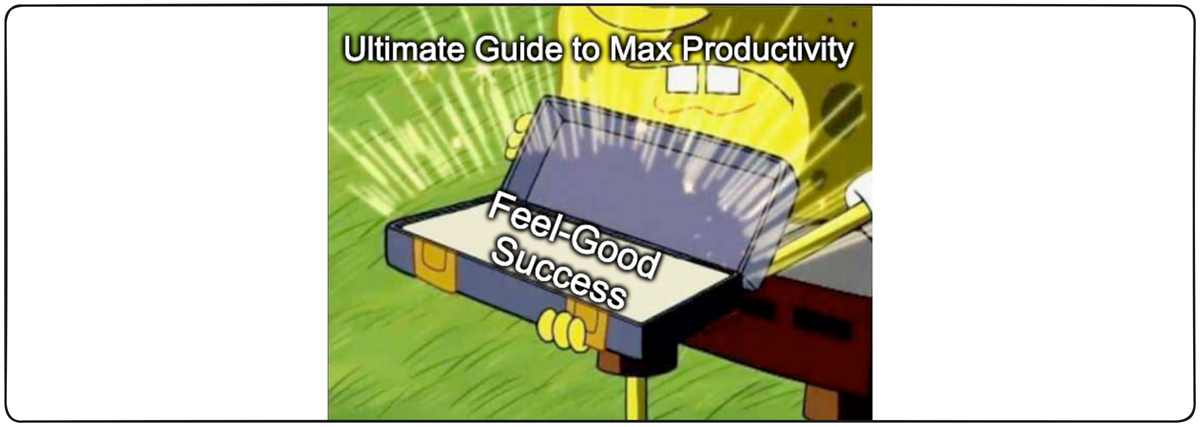
The Joyful Mindset: The Hidden Engine of Productivity
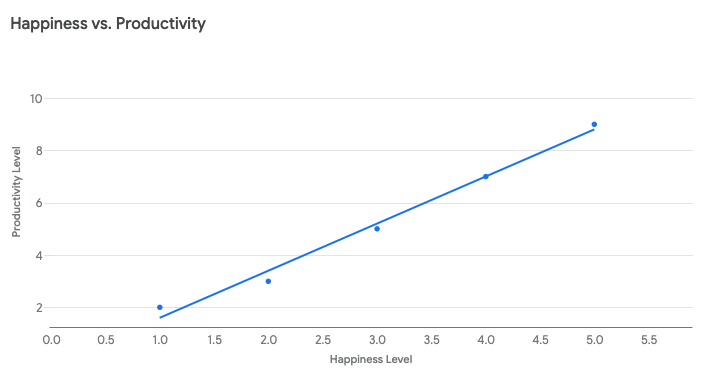
Success won't make you feel joyful, but feeling joyful will bring you success.
This statement represents the core concept of this book, challenging our long-held understanding of the sequence of success and happiness: hard work → achieving success → enjoying happiness. Looking back, I realize my most productive periods weren't when I was working the hardest, but rather when I was learning happily and without pressure.
Life is full of stress, games make life fun.
- Whether choosing a new route to work or trying different coffee shops instead of sticking to routines—people who have more adventurous experiences feel happier, excited, and relaxed. The conclusion: an adventurous life is key to unlocking positive emotions.
Scientific Basis
- Positive emotions expand our thinking range and enhance creativity
- Joyful moods promote dopamine secretion in the brain, improving focus and problem-solving abilities
- When in a good mood, we more easily build social connections, gaining support and resources
My Reflections
- Gamification: Try to turn anything into a challenge or game; we're not forced to complete tasks but actively participating in them.
- Creating a pleasant environment: Attempt to make work or any environment comfortable and enjoyable. Remember: we aim to reach success faster, not struggle painfully to achieve it.
Confidence and Self-Efficacy: Starting with "Pretending"
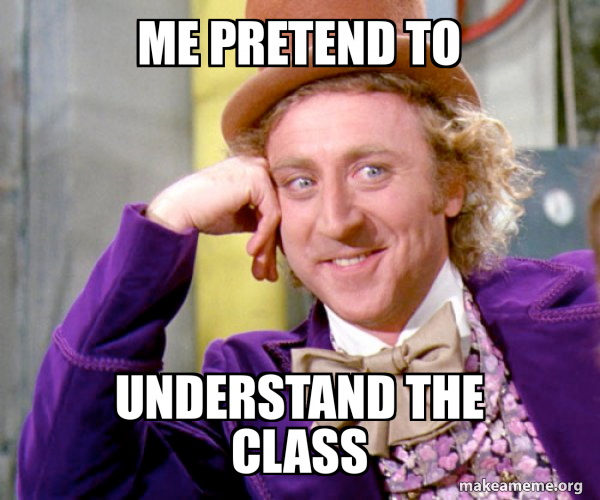
Personal Experience: Before any dance competition or performance, everyone feels nervous, including myself. One method I often use is: acknowledging my nervousness and imagining how I'll look on stage without anxiety. I visualize the heat of the stage lights on my body, and with each step forward, I gradually enter a flow state during the performance.
Methods to Cultivate Confidence
- Believing you can do it is the first step to ensuring you actually do it
- Even without confidence, you can start by "pretending" to be confident
- Find an alter ego who can effortlessly demonstrate the qualities you want. This alter ego exhibits traits you desire, such as confidence, courage, decisiveness, or discipline. Next, embody your alter ego. Find a quiet space to be alone, take time to imagine becoming this other "you." Imagine adopting their posture, voice, and mindset.
Immerse Yourself in Vicarious Success Experiences: If They Can Do It, So Can You
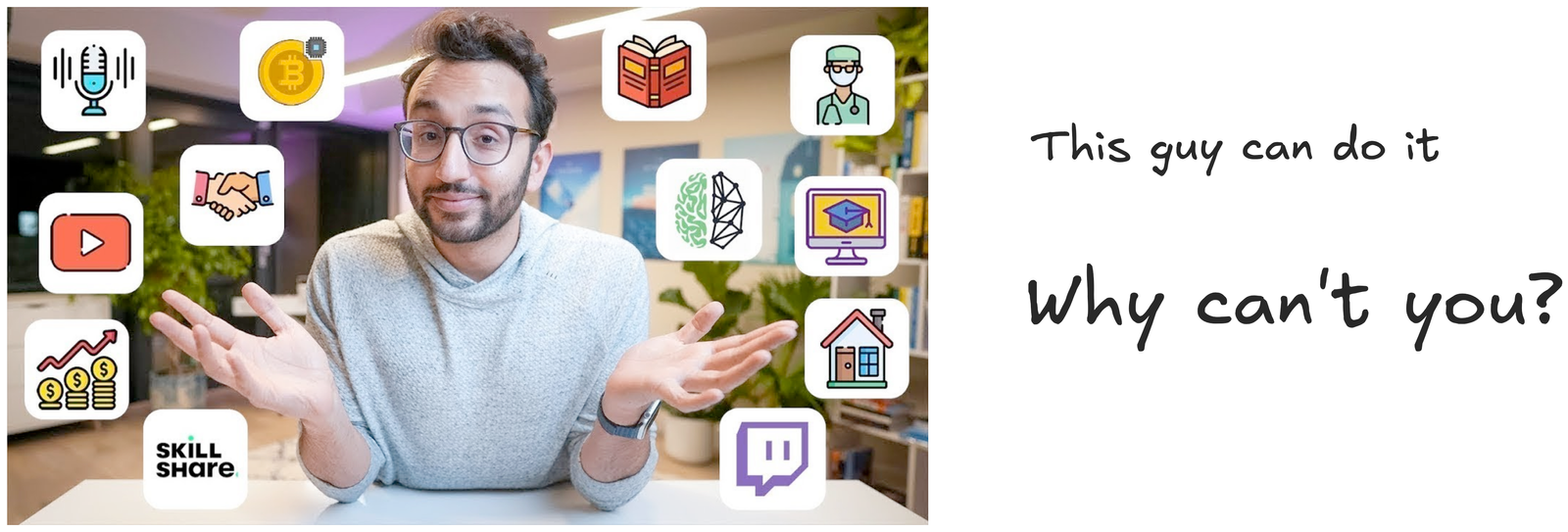
When you witness or hear about others performing a task that you're about to face, seeing their examples will boost your confidence.
This is a tool anyone can use. Find people who have faced the same challenges as you and spend time with them or find ways to hear their stories. Immerse yourself in vicarious success experiences, and you'll write a powerful story in your mind: if they can do it, you can too.
This concept deeply inspired me. We often doubt ourselves, thinking we can't achieve certain tasks or accomplishments. But with some research, we discover that many successful people have similar backgrounds to ours and frequently experience failure.
Other examples:
- I've found that my confidence significantly increases when I read books, listen to podcasts, or watch videos about how others succeeded in areas I want to strengthen.
My Application Strategy: I've begun consciously collecting "success stories" and, even more importantly, "failures behind success." Especially stories from people with backgrounds similar to mine. At the same time, I try to share my knowledge and failure experiences with others, which not only helps them but also greatly enhances my own confidence and understanding.
What matters isn't just our ability, but how we feel about our ability.
Mastering Autonomy: Redefining How We Work

We need to have control over things, which is why we hate being managed by bosses and parents. We need to enjoy control, which is why we liked decorating our rooms as children and designing our homes as adults. And when our control over life is taken away, such as being imprisoned or trapped in jobs we don't like, it has disastrous consequences for our mental and physical well-being.
Three Dimensions of Autonomy:
- Autonomy over what to do (choosing tasks)
- Autonomy over how to do it (choosing methods)
- Autonomy over when to do it (choosing timing)
My Application Strategy: We've all been assigned tedious and boring reports. Why not view it as a challenge? Use new AI tools like Gamma to create presentations or Napkin AI to generate visualizations, creating beautiful reports. Simultaneously, we can establish a process for quickly iterating future presentations.
This approach to gaining autonomy not only challenges ourselves but also connects with gamification thinking. When we actively choose how to complete tasks, the psychological effect of consistency makes us more willing to engage and complete the work, transforming it from passively following instructions into an opportunity for self-improvement.
Examples from the Book:
- Whenever you feel you must do something, think again: how did your choices lead you to this moment? Is there a way to turn "must" into "choose"?
- Your work is in your control, your life is in your hands, and your future is determined by you. This power isn't something we impose on others, but something we feel ourselves—an energy that makes us want to shout from the rooftops, "I can do this!"
Kindness and Connection: Creating Positive Cycles

Personal Experience: Last year during the NTU Cup competition, most participants were working professionals who had to practice dance after exhausting workdays, which was quite stressful. Occasionally bringing drinks (unexpected gestures work best in my opinion) or preparing small birthday cakes created a much better atmosphere, helping me maintain a positive attitude in a high-pressure environment.
The Dual Benefits of Kindness
The "Benjamin Franklin Effect" demonstrates that when we ask others for help, it makes them like us more. This is the reverse application of the pleasure effect of helping others: we can ask for assistance from others, which also makes them feel good.
- Kindness toward others increases our dopamine and endorphin levels
- Kind acts build stronger social connections, laying foundations for future collaboration
- In stressful environments, kindness is key to maintaining team cohesion
Examples from the Book:
- People are more eager to help others than you might think
How to Respond to Others' Good News?
To the best of your recollection, tell the person sharing good news how you actively witnessed their growth process. Perhaps you saw their effort preparing for an interview, or how they studied for weeks for a qualifying exam, and how much they hoped for this outcome.
My Connection Strategy: When spending time with friends or colleagues, I occasionally prepare small snacks or coffee and share useful resources I've recently discovered. These small gestures not only make me feel good but have significantly improved my relationships and efficiency. This can certainly be linked to the liking principle, giving you advantages in any aspect.
Goal Setting and Execution: Planning from the End Point

Life Observation: In the past, I always planned by starting with "what to do," creating detailed plans and to-do lists. As a result, I often got lost in trivial tasks, losing sight of the end goal. "The Power of Efficiency" taught me a completely new way of thinking: "When starting to plan, first consider the final state you want to reach, rather than instinctively obsessing over completing individual specific tasks."
Advantages of Reverse Planning
- Thinking from the endpoint helps distinguish between important and urgent matters
- Imagining potential obstacles in advance allows preparation of solutions
- A clear vision of the endpoint strengthens motivation for execution
Commander's Intent: Flexibly Adjusting Strategy While Moving Toward the Ultimate Goal
Commander's intent includes three key elements:
- Purpose → Why we're executing this task
- Key Tasks → What must be accomplished
- Expected Outcome → What success looks like
Differences from traditional commands:
| Traditional Command Method | Commander's Intent Method |
|---|---|
| Specifies every step in detail | Clearly states goals and expected outcomes |
| Emphasizes "how to do it" | Emphasizes "why do it" and "what should it look like" |
| Limits creativity and adaptability of executors | Encourages executors to adjust methods based on circumstances |
| Requires continuous supervision and guidance | Empowers teams to make independent decisions |
| Suitable for simple, predictable environments | Suitable for complex, rapidly changing environments |
My Application Strategy: Now before starting any new project, I ask myself "What state do I hope to achieve in a year or a month?" and then work backward to determine the necessary steps. This has helped me understand which tasks are most important and how unnecessary many of my previously hesitant decisions were, greatly reducing hesitation and procrastination during execution.
The same applies to group tasks—if the team understands the final destination, they won't spend too much time on trivial, unimportant tasks. The commander doesn't need to specifically assign tasks or define steps, which encourages positive team growth.
Examples from the Book:
- Repeatedly asking "why" reminds us what the real point is and keeps us focused on it. Suddenly, those urgent but irrelevant tasks seem less important, and the most important purpose—the biggest "why"—becomes clear.
- Imagine it's a week later, and you still haven't started the task you planned to complete. What are the three main reasons you haven't started yet?
- "Celebrating achievements a year later." I love using this technique to turn dreams into action. The concept is simple: imagine a year from now, you're having dinner with your best friend, celebrating how much progress you've made in important aspects of your life over the past year.
Energy Management: A More Important Skill Than Time Management
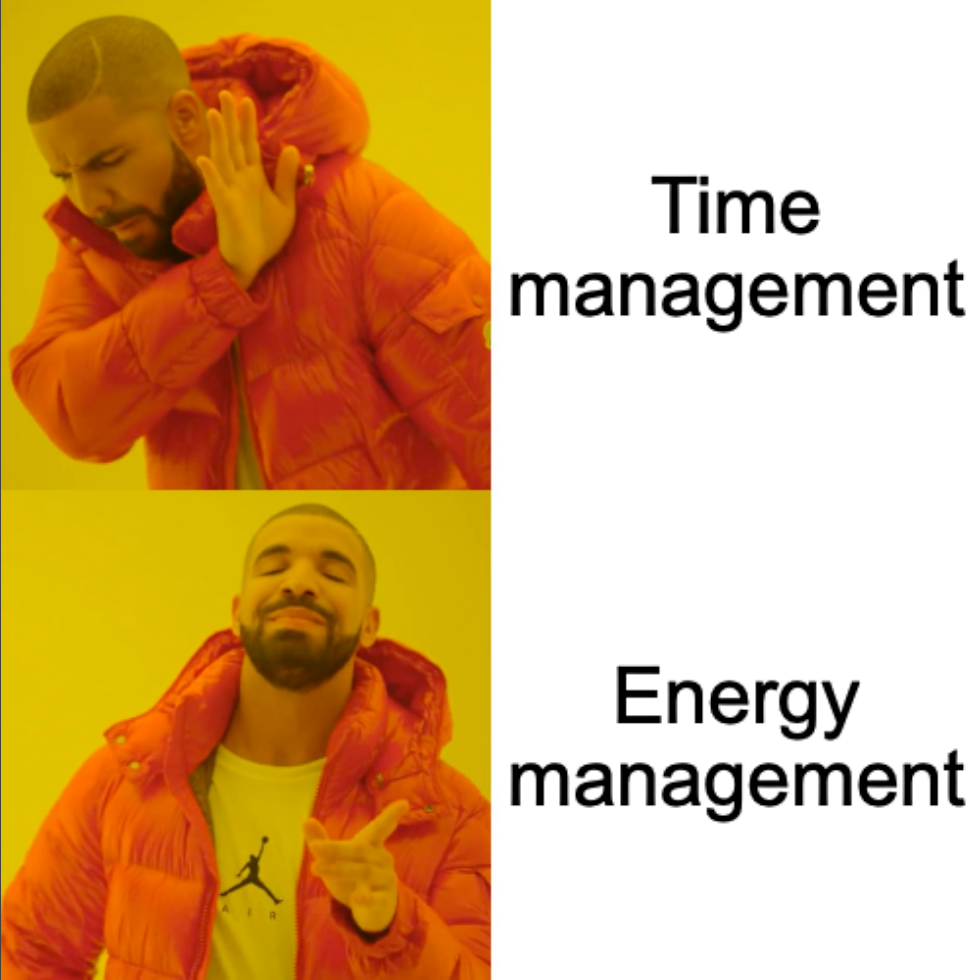
Personal Experience: There are always people online teaching time management methods, with countless approaches like time blocking, the Eisenhower Matrix, and more. However, it's impossible to find a "perfect" time management method. "The Power of Efficiency" made me realize that the real key is energy management.
Keys to Energy Management:
- Identify your energy peaks and valleys
- Distinguish between "energy-draining activities" and "energy-charging activities"
- Build an energy investment portfolio, balancing dreams with current commitments
Energy Investment Portfolio
You only need to create two lists. List A includes all your dreams, hopes, and ambitions. These are things you want to do, just not necessarily now. List B is your active investment list. These are things you're actively putting energy into right now. And by now, I mean this week.
My Energy Strategy:
I created a list of "truly recharging" activities—including fitness, reading novels, dancing—and consciously choose these activities when feeling tired, rather than defaulting to scrolling on my phone.
At the same time, I schedule my most important tasks during my highest energy periods. Mornings are when my mind is clearest, so I schedule tasks requiring creativity and deep thinking in the morning. Exercise is also scheduled for morning blocks to avoid any unexpected situations throughout the day disrupting my plans.
Examples from the book:
- I've already spent five minutes on social media; I might as well spend the next three hours doing the same.
- Do a little less today so you can do more important things tomorrow.
- Setting time blocks isn't about creating an inflexible schedule that suffocates you; it's about providing structure to ensure you allocate time for what matters most to you.
The Spotlight Effect: Nobody Actually Cares What You're Doing

When making any major decision, we always worry about how others perceive us, whether they'll look down on us, whether we'll embarrass ourselves, leading to hesitation in taking that step.
In fact, everyone is most concerned about themselves and how they appear. They don't spend much time thinking about us (perhaps none at all). This shows that simply reminding ourselves that no one really cares about us can reduce the spotlight effect.
My Reflection: This concept isn't extensively covered in the book, but it's very important to me. People really don't care about you that much; there's no need to worry so much. Do what you want to do, apply for whatever job you want to apply for, don't narcissistically believe the world revolves around you.
Life Wisdom I Learned from "The Power of Efficiency"
Joy Precedes Success
Reading "The Power of Efficiency" completely overturned my traditional "pain first, gain later" mindset. It turns out that a joyful attitude isn't the reward for success but the catalyst for success. Now, I no longer view work and happiness as opposites, but actively seek ways to create joy in my work—choosing interesting work environments, gamifying tasks, trying new work methods. This shift has not only improved my productivity but greatly enhanced my quality of life.
Confidence Can Be Cultivated
Confidence isn't an innate trait; it can be gradually built through "pretending," "vicarious experiences," and "small victories." Now when facing challenges, I don't wait for confidence to appear before acting, but build confidence through action.
You can focus on small failures; or, you can celebrate small victories.
Regaining Control Over Work
The book's discussion on autonomy made me rethink the issue of "control" in work. Even in the strictest work environments, we can find some space for autonomy—perhaps in work methods, scheduling, or even just attitude adjustments. This mindset shift transformed me from a "passive executor" to an "active designer," making the same work feel completely different.
Redefining the Meaning of Rest
True rest isn't "doing nothing," but "doing different things"—activities that genuinely recharge us. I began distinguishing between "default rest" (like mindlessly scrolling through phones) and "deliberate rest" (like walking, dancing, reading, meaningful socializing), and tried to increase the proportion of the latter in my life.
Thinking from the End Point
The "celebrating achievements a year later" thinking tool completely changed my planning approach. By first imagining future success, then working backward to determine the necessary steps, I can more clearly see what's truly important and what's merely seemingly urgent but potentially distracting from the goal.
Conclusion: Becoming the Master of Your Own Efficiency
"The Power of Efficiency" isn't just a book about improving productivity; it's a guide to rediscovering joy and control in work. It reminds us that true efficiency isn't about doing more, but doing what's more important; not sacrificing happiness for success, but achieving success through happiness.
This is perhaps the greatest gift of this book—allowing us to redefine the relationship between work and life, transforming from slaves driven by efficiency to masters of our own efficiency. In a world that constantly urges us to be "faster, more," this mindset shift is more precious than any specific technique.
What experiences have you had in rediscovering joy in your work? Feel free to share your stories in the comments section, and let's explore together how to maintain mental joy and balance while improving efficiency.
This article only touches on the basics and includes personal summaries. I encourage everyone to read "Feel-Good Productivity : How to Do More of What Matters to You" for themselves!
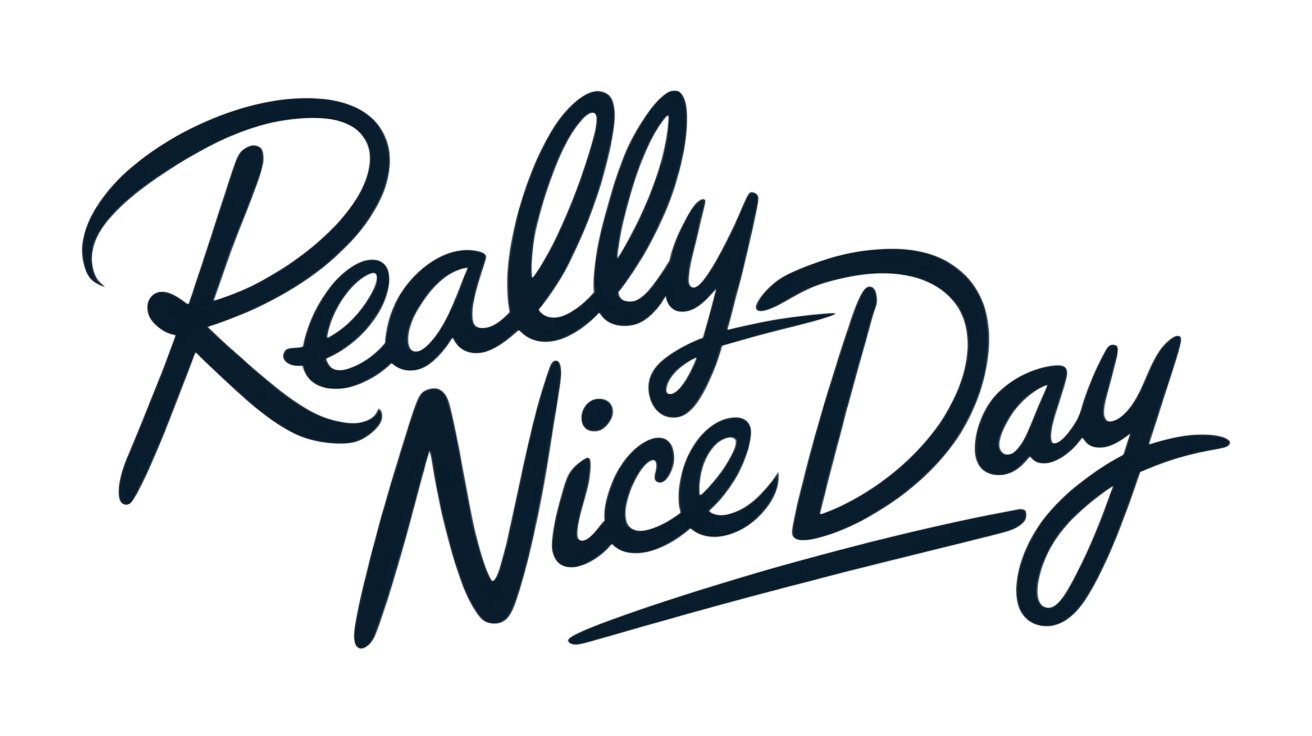

Member discussion